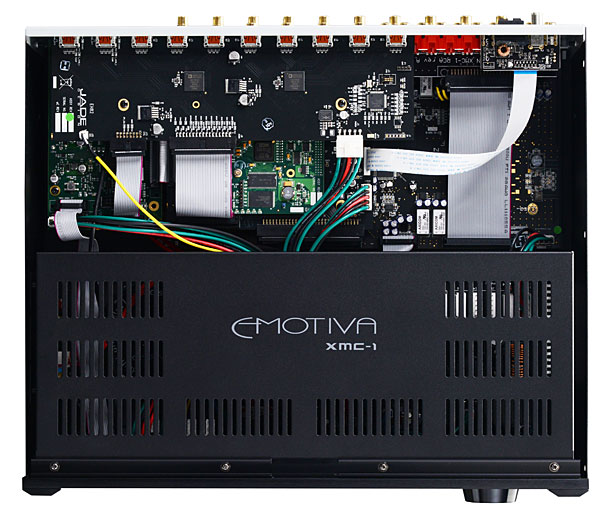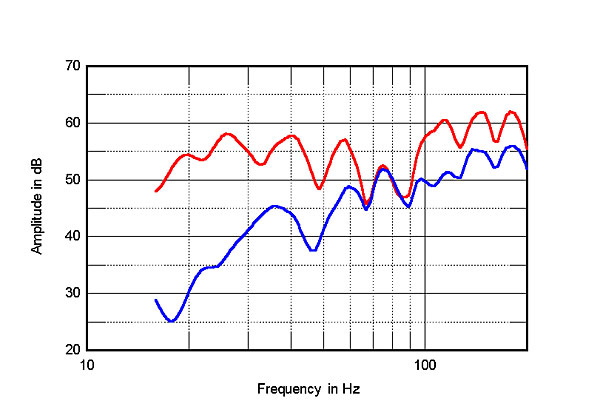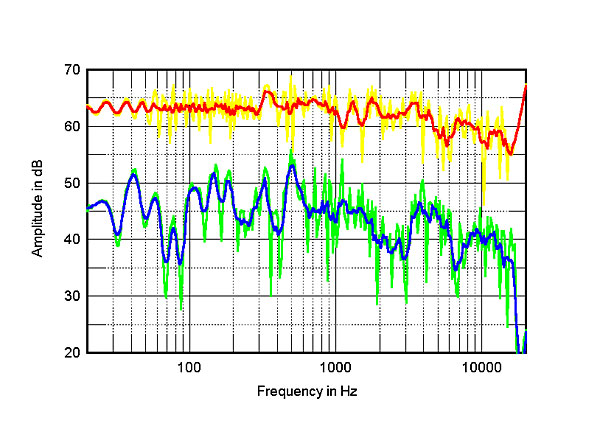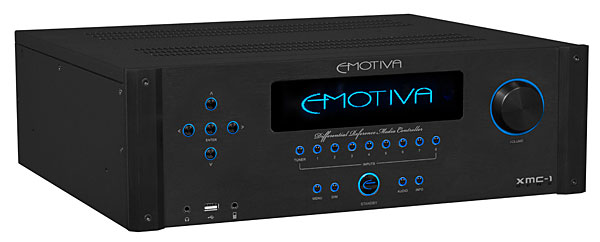| Columns Retired Columns & Blogs |
Can you comment on the quality of the XMC-1 DAC implementation versus analog input from a high quality source similar to the OPPO 105? For best sound quality, if I were to upgrade my system with the XMC-1 should I use the analog inputs from something like the OPPO 105 or save my money and use a device like the OPPO 103?










































